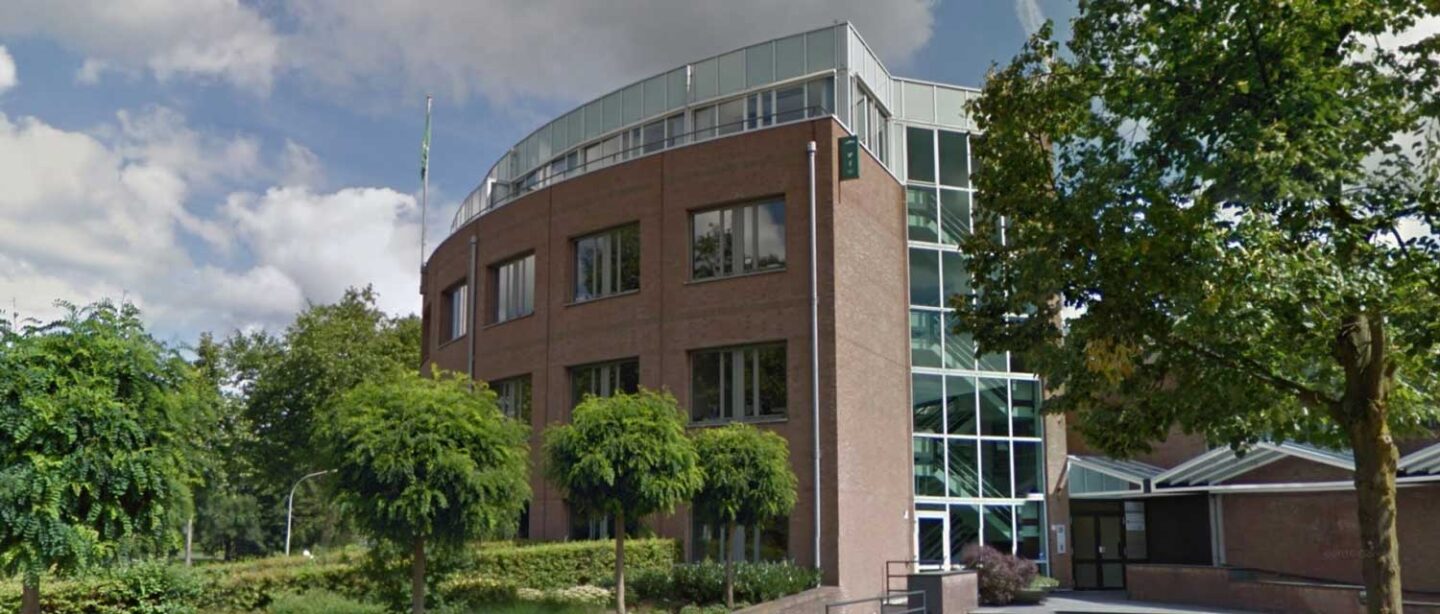Electricity production is becoming more and more affordable. Solar panels already supply electricity for 7 to 10 cents per kWh and wind turbines for 5 cents per kWh. There is therefore a debate about free energy. The question that remains, however, is, what do we do when it is not windy at night? Then there is no energy from these sources and we are dependent on other sources. Can this be solved by batteries that are so good that they can store enough electricity?
Storage costs have fallen over the past 10 years from € 600 per kWh to € 140 per kWh, now according to professor Jan Lagendijk. This decrease is expected to continue over the next 5 years to € 50 to € 70 per kWh. Even more important than the costs is the fact that new batteries can be used almost indefinitely. Leading electric car manufacturer Tesla indicates that its batteries can be recharged more than 5,000 times by 2025. A simple calculation then shows that the costs fall to € 0.01 per kWh. Even if these costs are double or triple because the installation costs must also be included, the costs are still low.
The chart below shows the total price of large-scale systems.
This sounds fantastic! So we will soon be able to get off the electricity grid! Now a check on the internet shows that a home battery still costs around € 500 per kWh. If we assume a lifespan of 10 years (warranty period) then the costs are € 50 per kWh per year. If we use this battery 200 times a year, the costs will still be € 0.25 per kWh. Quite considerable, so for our home situation it will take a while before it becomes profitable. However, given the developments in the field of batteries, this is not an impossible scenario. 20 years ago we did not expect solar cells to become so cheap.
What does this mean for the energy supply in the future? It is difficult to say. Personally, I strongly believe in modular solutions, because they can quickly drop in price. By developing solutions in standard modules, you achieve the maximum cost benefits. A good example of this are PV solar panels.
It seems to me a realistic scenario that in 10 years’ time every house will have its own battery and will become self-sufficient for energy in the summer, spring and autumn. What then remains are the cold winter nights. Good insulation is always important and well, then green gas and hydrogen for the winter day is still not such a bad idea. We already have the gas storage facilities for the storage of green gas and fortunately the wind blows harder in the winter, so that we can then convert surplus electricity into hydrogen. At CCS, we are working hard on this vision of the future with our systems.
About this article
23 November 2020 / Author: Dr. Ir. René Cornelissen


